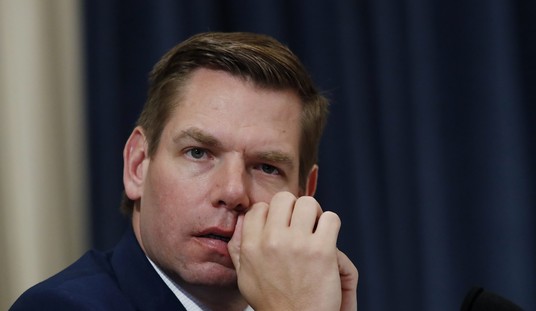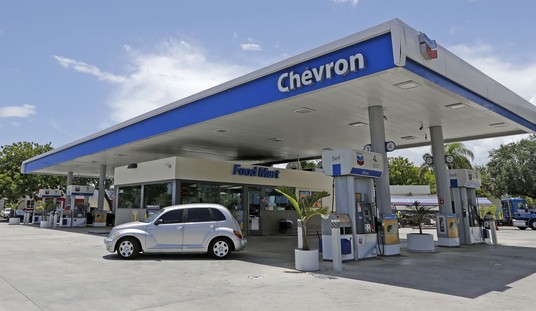President-elect Donald Trump never made the current student debt crisis a focus of his campaign, but his higher-education reforms could end up being some of the most important and controversial of any of his policy proposals.
Debt held by college students and graduates has reached levels once thought to be unthinkable. Current outstanding student loan debt now tops $1.4 trillion, an amount greater than outstanding auto loan debt and credit card debt, and the Department of Education reports as of January 2016,
To address these problems, Trump has outlined a number of reforms he says will reduce tuition prices, lower debt, and help college graduates pay back their student loans.
First, Trump’s plan would consolidate all federal student loan repayment plans currently being offered into one income-based repayment model. Under this plan, student loan payments would be capped at 12.5 percent of a student’s income. Currently, many, although not all, students with federal student loans are eligible to pay back their loans under several different income-based repayment plans. The current cap is 10 percent of discretionary income for borrowers on or after July 1, 2014, and 15 percent for borrowers who received loans prior to July 1, 2014.
Second, Trump wants to shorten the amount of time before federal student debt is forgiven. Under current repayment plans, the earliest a student can have his or her loans forgiven, unless he or she receives forgiveness under the Public Service Loan Forgiveness Program, is 20 years. Trump wants to allow students to receive forgiveness after 15 years of being in repayment.
Recommended
Third, Trump has said he wants to return control of the student loan industry to the private sector, undoing the system put into place by Presidents Bill Clinton and Barack Obama (and maintained by George W. Bush) over the past two decades.
By making all students eligible for an income-based repayment plan and raising the required repayment amount to 12.5 percent, students and graduates will be able to pay back their student loans faster and won’t have to worry about being unable to make payments because of a poor employment situation. Also, Trump’s 15-year forgiveness proposal would mean more students would get out of debt faster and end up paying far less in interest payments.
Opponents of these policies say they will cost taxpayers billions of extra dollars, and they are probably right, although it’s difficult to tell without knowing the exact terms of Trump’s plan. However, even if taxpayers do end up paying considerably more, the costs might be worth it in the long run. Not only would these plans help to stabilize the student lending market in the short run, thereby potentially avoiding a complete collapse of the entire industry taxpayers may have to bail out anyway, it will also help other industries that are suffering as a result of the current student debt crisis, such as the real estate industry. Home ownership for young Americans is at its lowest level since 1965. This is primarily because students are paying increasingly more to student loan companies and to the federal government instead of toward owning a home.
The most important part of Trump’s plan is his proposal to scale back the federal government’s role in student lending entirely, returning the industry back to private banks and other financial institutions. From the time the government started increasing its role in student lending in 1993 to 2015, the average combined cost of a full-time undergraduate’s tuition, mandatory fees, and room and board for those attending four-year colleges rose from $8,758 to $25,409 (in inflation-adjusted dollars), an increase of 190 percent.
The reason college tuition has climbed so rapidly—and student debt along with it—is because higher-education institutions have known no matter how much they raise tuition, students and their parents will be able to borrow the money from the federal government to pay the ever-higher prices. The government guarantees almost all borrowers are eligible to receive loans covering costs up to the “cost of attendance,” even if that means $200,000 or more for a four-year degree. There is no incentive for colleges to lower costs under the current system.
If, however, colleges are forced to compete with one another to offer the best deals possible to students, who in a private student lending system would be far more likely to look for a bargain, costs will fall and students and their families will think much more carefully about career options outside of a four-year college before signing up for mountains of debt.






















Join the conversation as a VIP Member